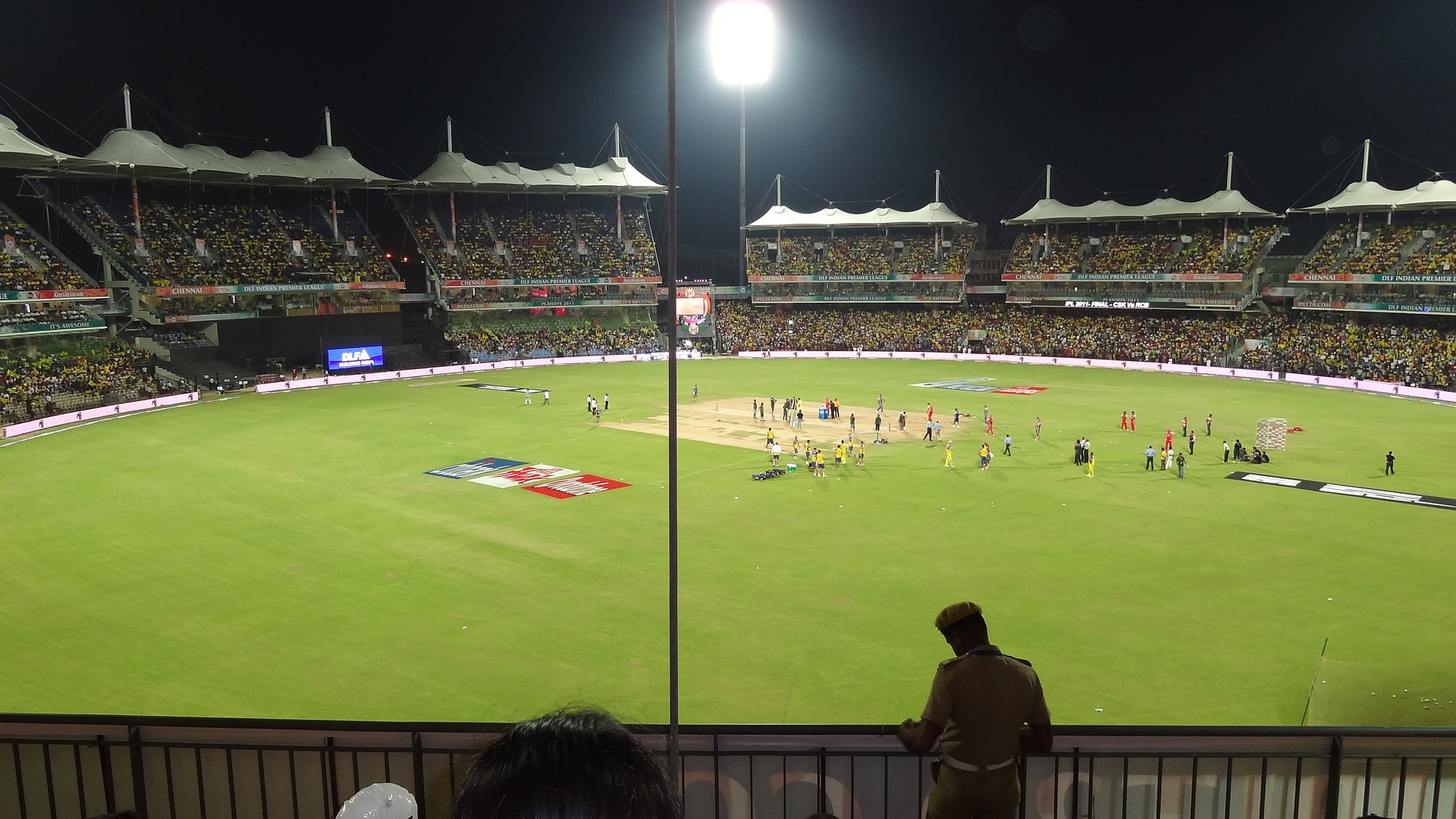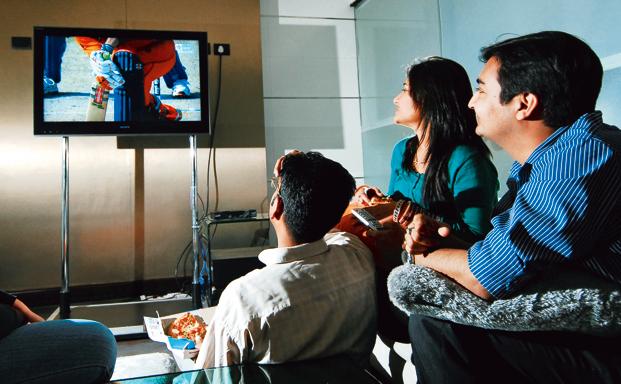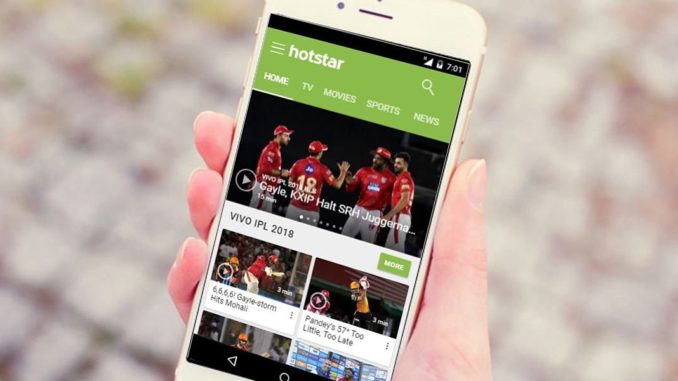
Redefining Cricket Viewing and Fan Experience through Tech
Cricket is a game watched by millions and loved by billions. The thrill of watching a cricket match, live, at the stadium, is unparalleled. The cheering, the vibe, the entire atmosphere infuses the entire match experience with a different energy altogether. While watching the game live at the stadium has its own thrills, millions prefer watching the game from the comfort of their homes - on TV, Web, and OTT platforms. So it’s become imperative to ensure similar, immersive experience for home viewing as well.

Cricket viewing experience has dramatically changed in the last few years. Many innovative technologies are now deployed in cricket, both for live and remote audiences, with the objective of making the game more interactive, immersive, and entertaining for viewers.
Let us now take a sneak peek into some technologies that are redefining the way you view a cricket match.
In-stadia Viewing
Waiting in a queue is often the most annoying experience for a sports fan. Technologies like RFID (Radio Frequency Identification) based ticketing system allows for a frictionless experience for the fans. No more manual scanning of tickets, no more waiting for payment for popcorns or snacks - RFID bands allow for a paperless experience in ticketing and purchase. It also allows for brands and franchises to offer personalized loyalty points and discounts on purchases made through it. If a franchisee sends a team jersey with an RFID tag embedded and loaded with a wallet money, what more can a fan ask for? RFID, when combined with beacons placed around the stadium, also allow for further enhancing the in-stadium experience - by guiding fans to the least crowded stores, washrooms, and by sending them personalized offers.

Broadcasters have cameras now specifically focused on the spectators to capture their reactions and share them on the big screen. DJs, RJs, cheerleaders drum up the excitement and add to the colour. And the crowds have found new ways to entertain themselves as well when the action wanes – with Mexican waves to beer snakes! From waving flags of your teams to wearing their jerseys, team merchandise has added to the immersive experience for in-stadia fans.
And even if you haven’t got a place in the stadium or there isn’t a match in your city, you can still enjoy the experience in Fan Parks. The IPL Fan Parks recreated the atmosphere of in-stadia viewing with large screens, a vibrant atmosphere filled with lights and music and excited fans cheering on their teams. When used along with VR (Virtual Reality) glasses, the experience can become even more immersive than that of a fan watching the match in a stadium.
The effect of pandemic on sports has underscored the importance of technologies like RFID. It’s contactless nature along with personalizing the fan experience are going to play a crucial role as fans start getting back into stadiums. And until fans are back, organizers are using innovative mechanisms to simulate fan noise at precise moments, setting up fan-walls, as well as making use of cardboard cut-outs of fans placed all around the stadium.
TV Viewing
The way the game is analysed and presented for the television viewers has evolved over the years. And, the viewing experience of the audience has been amplified in spades, thanks to the growing technological innovations in this space.
Some of these include technologies related to on-field decision making, such as the Snicko/UltraEdge and HawkEye in cricket, which are also key components of the DRS. LED bails, used in place of the traditional wooden bails in some formats of the game, add more fun and excitement. New cameras like Spidercam and Flying Cameras have added new dimensions to the viewing experience and are enabling a 360 degree view of the stadium and the match, delivered right to your screens.

Expert-in-studio and on-ground analysis during the game breaks have added to the viewing experience. Viewers can get more nuanced insights into strategies, key moments and hear from the players directly. This telecast is often supplemented by data-driven insights, 3D game and player graphics, discussions and fan engagement as well, via social media and sometimes in-studio calls. Player graphics depict key stats in an insightful manner, provide player v player comparisons.
A whole host of augmented reality applications are now also being used to bring a visual aspect to the analysis. They include a wagon wheel in the studio, analysis of a player’s batting and bowling actions. We have already seen studio presenters interacting with player holograms in other sports – not far for a cricket fan.
Web and OTT Viewing
Could this be the future of viewing sport? Seeing how many viewers now watch a live stream of their match on their handheld devices, this could very well be the truth! Starting with a basic live stream, increasingly there have been tech additions to make this experience more interactive and immersive.

Viewers can now choose their preferred commentary language. Live comments are enabled throughout the match and fans can often interact with each other via these comments. Sometimes studio experts too join in the fun! Other aspects of such personalised content through the OTT platform include on-the-spot contests/challenges asking viewers to predict the next shot/final score/which player will end up with the most wickets/runs. And so what if you can’t visit the stadium now - you could choose a camera angle, freeze a view, or perhaps even take a 3D fly through of a stadium in the future!
Content is also created specifically for social media broadcasting- such as fan based studio rooms, along the lines of Mumbai Indians doing live broadcasting of their studio during their matches. We have also seen post-match dressing room chats as well as player training drills streamed live and unedited on Instagram.
Last, but not the least, is the use of VR (Virtual Reality) glasses to enhance the home viewing experience. By putting on these glasses, a fan can be transported directly to the field of the play / stadium, and get a completely immersive viewing experience. These glasses are not very common yet due to limitations like price and pervasiveness of high speed wireless networks, but with the advent of 5G, even this technology is not far from being ubiquitously deployed.
PowerShot Analysis: PowerBat technology by Spektacom is an exciting new innovation that will further enhance the viewing experience. It will give the viewers real-time feedback on batting performance. Data points will include everything from bat speed to impact location and giving details on just how much power is behind every shot. How does it work? Ultra-lightweight unobtrusive sensors are placed behind the bat, batting metrics are computed using machine learning algorithms. All this can become part of the broadcast experience and make the viewing experience more exciting! One of the key innovations include a PowerShot challenge (#PowerShotChallenge), where viewers can see player matchups to understand their power hitting capabilities and even compare their abilities with their favourite players’ in the future!


Comments